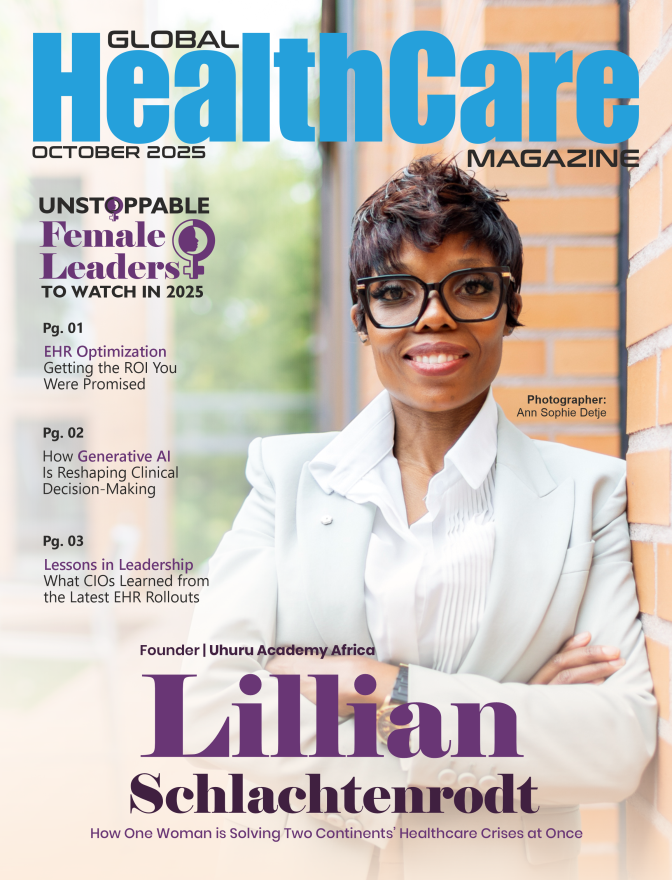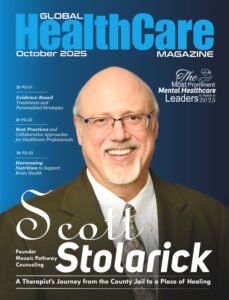Healthcare professionals today are serving increasingly diverse populations, which brings new challenges and responsibilities. Patients come from various cultural backgrounds, each with unique beliefs, practices, and expectations around health and wellness. Providing care that respects such differences is essential for improving patient outcomes and reducing health disparities. At the same time, it requires healthcare teams to reflect on their own biases and adjust their approach to meet the needs of every individual they serve.
Culturally sensitive care demands creating an environment where all patients feel valued and understood. This involves learning about cultural beliefs, adapting care plans, and building stronger relationships with communities. To thrive in this setting, healthcare workers must develop skills that allow them to balance modern medical practices with cultural respect.
Understand Cultural Beliefs
Cultural beliefs often shape how patients perceive illness, treatment, and recovery. For example, some patients may prefer natural remedies before turning to conventional medicine, while others might have strong views on procedures like blood transfusions or vaccinations. Healthcare workers who recognize such influences can tailor their communication and care plans to align with patient values. This doesn’t mean abandoning medical standards but finding ways to respect cultural preferences within safe and effective treatment frameworks.
Nurses are often at the center of this dynamic because they spend the most time with patients and families. They are usually the first to notice when a cultural barrier is affecting care. To support their role, many nursing programs are emphasizing cultural competence as a core skill. For instance, pursuing an associate of applied science in nursing equips future nurses with a foundation in patient-centered care, preparing them to deal with cultural differences effectively. As healthcare systems grow more diverse, upskilling in this area is becoming a necessity rather than an option.
Build Patient Trust
Historical inequalities and negative experiences with healthcare systems can make some individuals hesitant to seek care or fully engage with providers. Healthcare professionals need to demonstrate respect, listen carefully, and create a welcoming environment where patients feel safe discussing their concerns.
Building trust requires a commitment from the entire healthcare organization to promote inclusivity. Policies that support diverse hiring, community outreach programs, and education on cultural sensitivity all play a part in strengthening these relationships.
Respect Traditional Practices
Many cultures incorporate traditional healing methods alongside or even in place of Western medicine. Recognizing and respecting them is an important step toward providing culturally sensitive care. Healthcare providers don’t need to endorse every alternative approach, but they should ask open-ended questions and seek to understand why these methods matter to their patients.
In some cases, traditional practices may even complement modern treatments. For example, herbal remedies or relaxation techniques may offer benefits when used safely alongside prescribed therapies. Professionals should remain cautious and discuss possible interactions with patients, but dismissing them outright can damage trust and discourage patients from sharing important information. Respecting cultural traditions shows patients that their beliefs are valued.
Avoid Stereotyping
Stereotyping patients based on their appearance, accent, or background can create barriers to effective care. Assumptions about cultural practices or health behaviors often lead to misunderstandings and may cause patients to feel judged or dismissed.
Healthcare professionals should approach each patient as an individual rather than relying on generalized ideas about cultural groups. Asking open questions and listening carefully allows providers to understand personal preferences and needs.
Avoiding stereotypes requires ongoing self-awareness and reflection. Training programs and workshops can help staff recognize unconscious biases and replace them with more inclusive practices. Small changes in language and attitude can have a big impact on patient comfort and trust.
Value Patient Feedback
Patient feedback provides valuable insight into how well cultural sensitivity is being practiced in a healthcare setting. Encouraging patients to share their experiences helps identify areas for improvement and shows a commitment to respectful, responsive care. Feedback can be gathered through surveys, suggestion boxes, or direct conversations with patients and families.
Acting on feedback is as important as collecting it. Healthcare organizations should use this information to adjust policies, train staff, and create environments that better meet the needs of diverse populations. When patients see their concerns being taken seriously, it builds trust and fosters long-term relationships with the healthcare system.
Support Mental Health
Different cultures may have unique ways of understanding mental health, coping with stress, or seeking support. Developing culturally tailored mental health services helps break down stigma and makes care more approachable for patients who might otherwise avoid seeking help.
Healthcare teams can work with community leaders and cultural experts to design programs that align with patients’ values and traditions. Offering counseling in multiple languages or incorporating culturally relevant practices into therapy can improve engagement and outcomes. Tailoring services to meet the diverse needs of patients helps create a more inclusive and supportive healthcare system.
Form Advisory Boards
Creating diverse patient advisory boards allows healthcare organizations to hear directly from the communities they serve. These boards can provide input on policies, facility design, communication materials, and other areas that impact patient experiences. Involving patients in decision-making strengthens trust and ensures that services reflect the values of different cultural groups.
Advisory boards also help identify blind spots that staff or administrators may overlook.
Evaluate Staff Sensitivity
Regularly assessing staff performance on cultural sensitivity ensures that care standards are being met consistently. Evaluations can include feedback from patients, peer reviews, and self-assessments. These measures encourage accountability and promote continuous learning among healthcare workers.
Assessments also highlight training needs and guide future development efforts. When cultural sensitivity is treated as an essential skill rather than an optional add-on, it becomes embedded in the organization’s culture and improves the overall quality of care.
Provide Conflict Tools
Healthcare professionals sometimes encounter conflicts arising from cultural misunderstandings. Providing staff with tools to manage these situations constructively is key to maintaining positive relationships and patient trust. Workshops on de-escalation, cultural mediation, and empathy can give teams practical strategies for resolving issues.
When conflicts are handled well, they often result in deeper understanding and stronger connections with patients.
Expand Preventive Access
Equitable access to preventive care is essential for tackling health disparities. Healthcare providers should work to remove barriers that prevent certain populations from receiving vaccinations, screenings, and health education. Outreach programs, mobile clinics, and community partnerships are effective ways to bring preventive care to underserved areas.
Making preventive services culturally relevant and accessible helps reduce long-term health challenges and supports healthier communities overall. It also demonstrates a commitment to fairness and inclusion in healthcare delivery.
Providing culturally sensitive care requires action at every level of healthcare. From understanding cultural beliefs to improving communication and building trust, professionals must adapt their approach to meet the needs of diverse populations.
Also Read: Nature’s Touch: How Outdoor Therapy Enhances Comfort and Quality of Life in Hospice Care



















